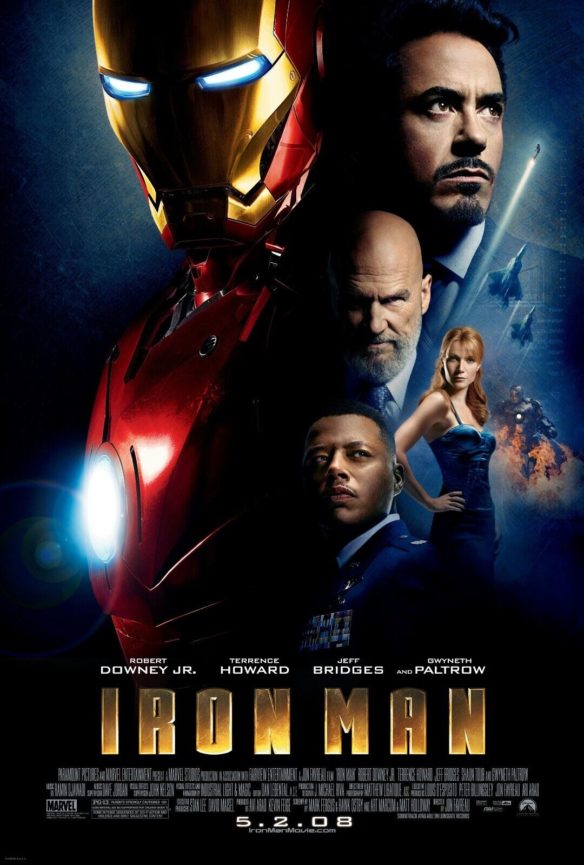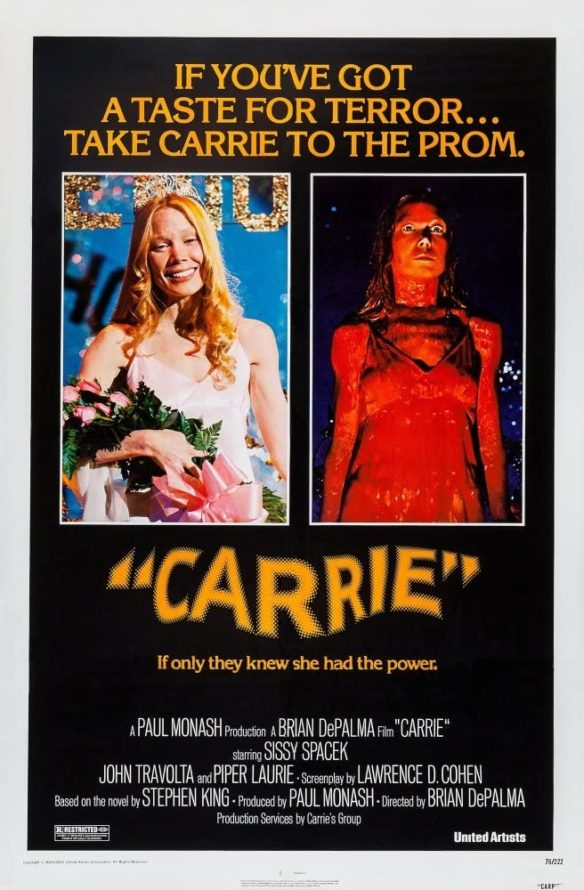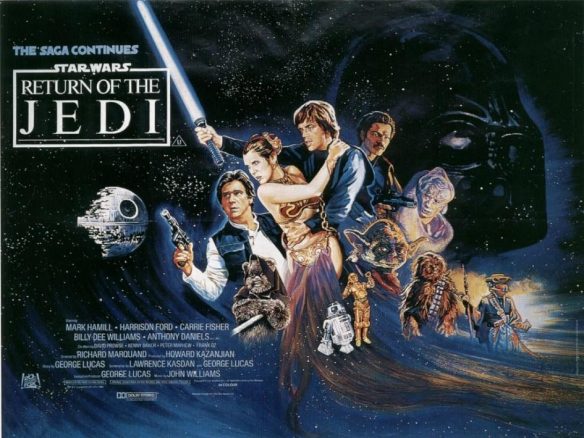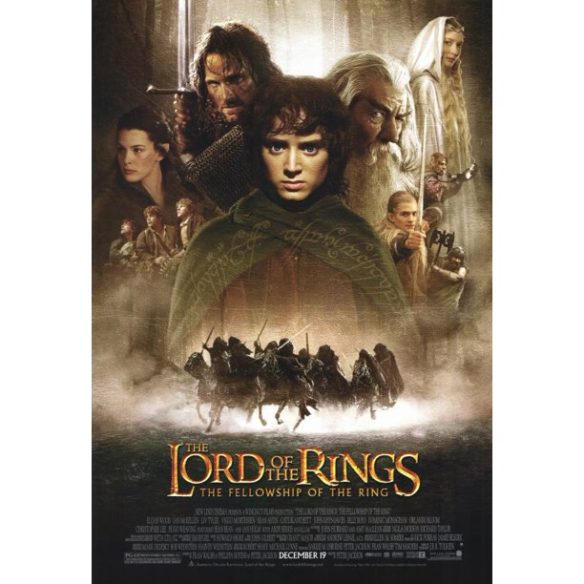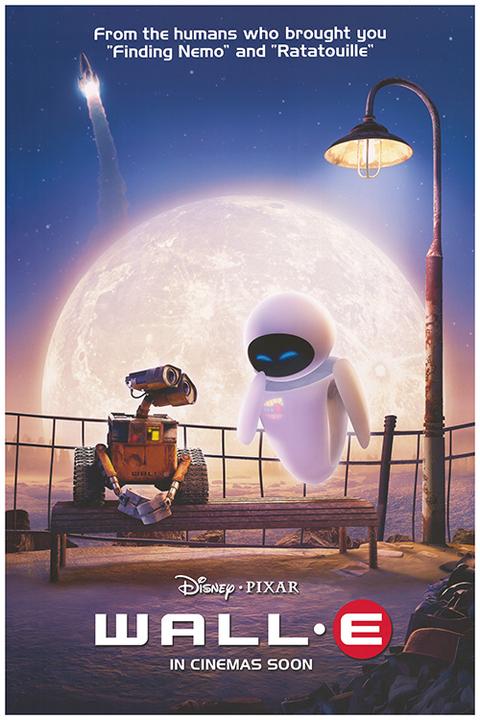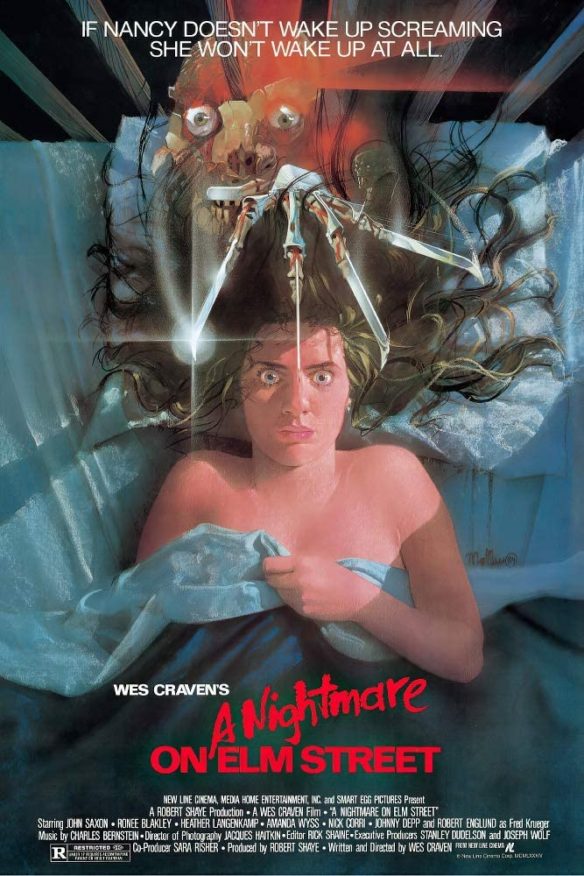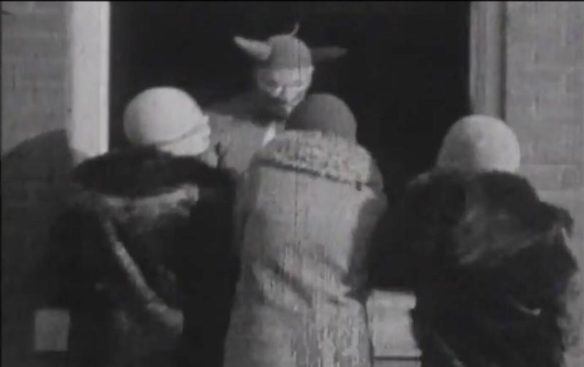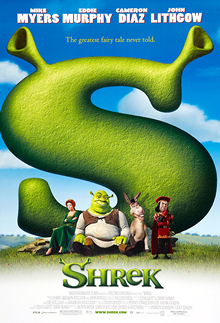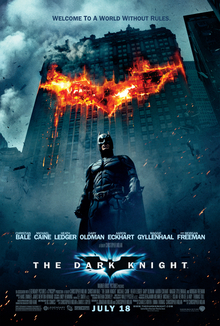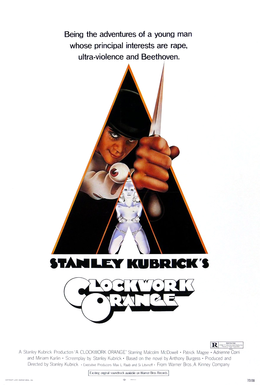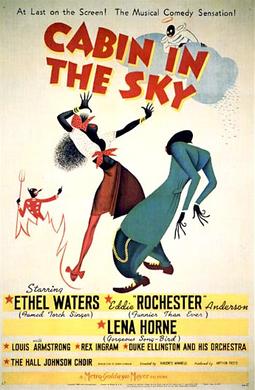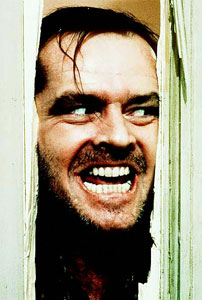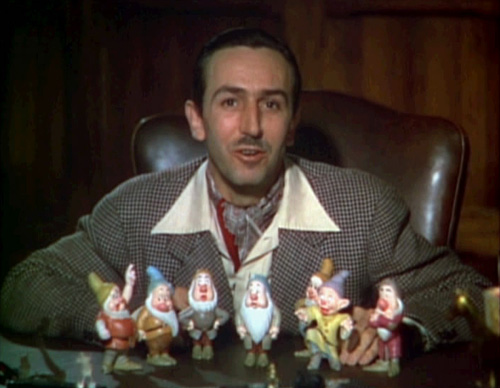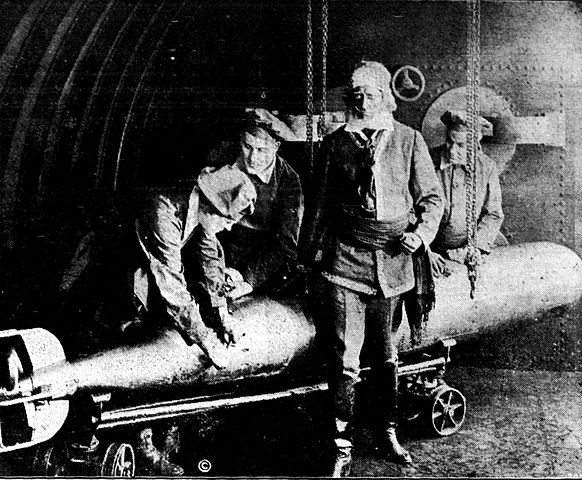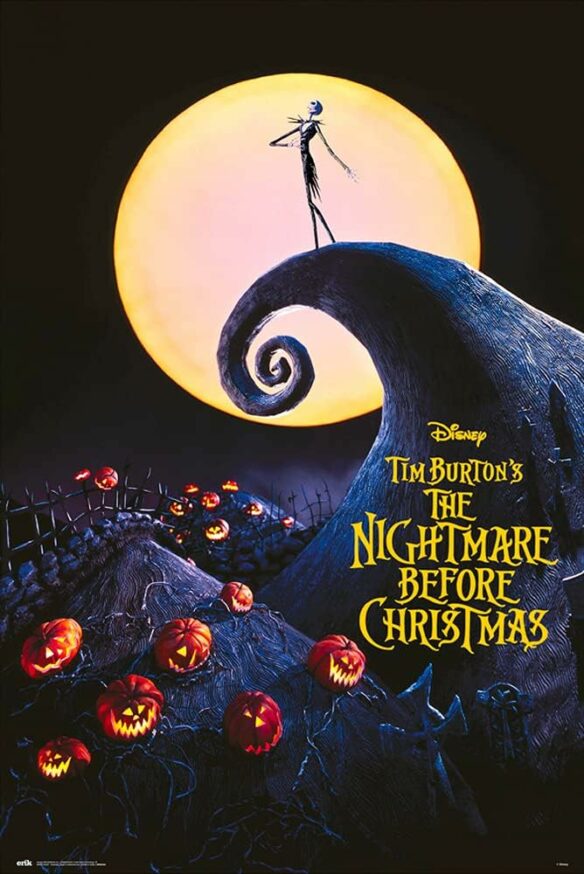
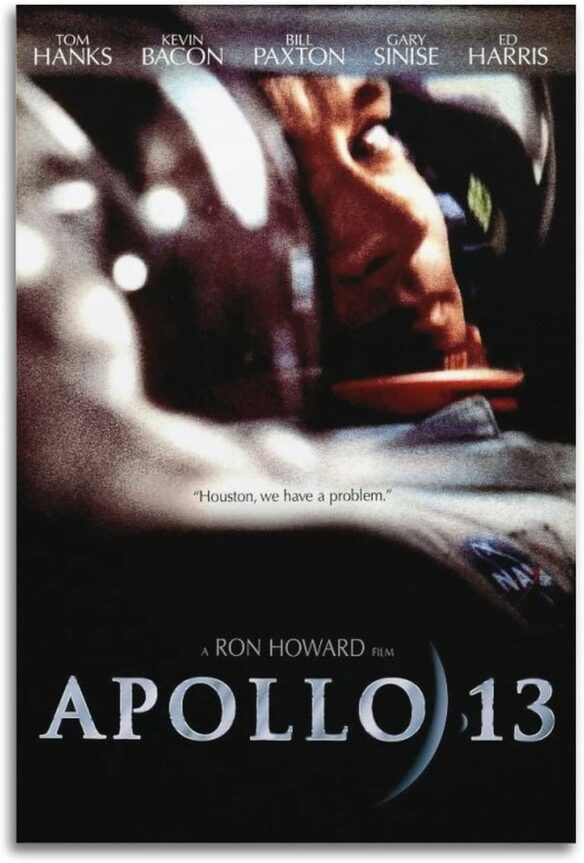
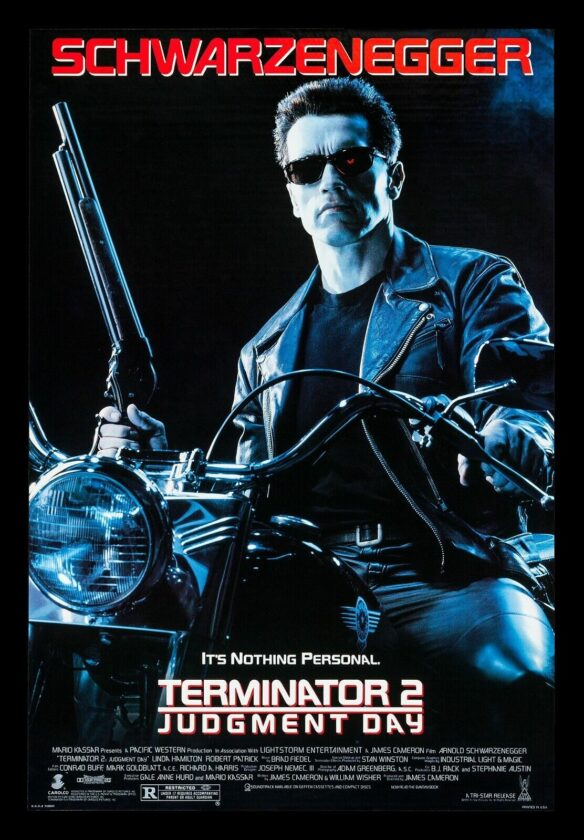

SF film Terminator 2: Judgment Day, Hugo-winner Apollo 13, Tim Burton’s The Nightmare Before Christmas, and classic Disney animated film Lady and the Tramp are among the 25 movies inducted into the National Film Registry this year. Librarian of Congress Carla Hayden announced the selections today.
Films Selected for the 2023 National Film Registry
(chronological order)
- A Movie Trip Through Filmland (1921)
- Dinner at Eight (1933)
- Bohulano Family Film Collection (1950s-1970s)
- Helen Keller: In Her Story (1954)
- Lady and the Tramp (1955)
- Edge of the City (1957)
- We’re Alive (1974)
- Cruisin’ J-Town (1975)
- ¡Alambrista! (1977)
- Passing Through (1977)
- Fame (1980)
- Desperately Seeking Susan (1985)
- The Lighted Field (1987)
- Matewan (1987)
- Home Alone (1990)
- Queen of Diamonds (1991)
- Terminator 2: Judgment Day (1991)
- The Nightmare Before Christmas (1993)
- The Wedding Banquet (1993)
- Maya Lin: A Strong Clear Vision (1994)
- Apollo 13 (1995)
- Bamboozled (2000)
- Love & Basketball (2000)
- 12 Years a Slave (2013)
- 20 Feet from Stardom (2013)
The public submitted 6,875 titles for consideration this year.
The public can submit nominations throughout the year on the Library’s web site Nominations for next year will be accepted until Aug. 15, 2024. Cast your vote at loc.gov/film.
Turner Classic Movies (TCM) will host a television special Thursday, Dec. 14, starting at 8 p.m. ET to screen a selection of films named to the registry this year. Hayden will join TCM host, film historian and Academy Museum of Motion Pictures Director and President Jacqueline Stewart, who is chair of the National Film Preservation Board, to discuss the films.
Under the terms of the National Film Preservation Act, each year the Librarian of Congress names to the National Film Registry 25 motion pictures that are “culturally, historically or aesthetically” significant. The films must be at least 10 years old. More information about the National Film Registry can be found at loc.gov/film.
Ron Howard Reflects on Apollo 13. Since his first childhood role as Opie on The Andy Griffith Show, to his later acting in Happy Days and American Graffiti, Ron Howard has been associated with mid-century American innocence.
In Apollo 13, he returned to that ideal as a director, telling the story of a 1970 failed lunar landing that turned into a heart-stopping triumph of American ingenuity in bringing the crew safely back to Earth.
“It’s a very honest, heartfelt reflection of something that was very American, which was the space program in that time and what it meant to the country and to the world,” Howard told the Library of Congress.
The technical advisor on the film was Capt. David Scott, an astronaut who went to the moon. He gave Howard a mission statement.
“He said you have a chance to tell people what it was like within the framework of a narrative that is entertaining. You have the chance to really get it right and let people know what the Apollo era was all about. We took that very seriously,” Howard said.
The crew was fanatical about getting small details right, an effort led by the film’s star, Tom Hanks.
“I was very proud of the outcome,” Howard said. “The experience remains an absolute highlight. It was one of those experiences that none of us involved in will ever forget.”
The press release’s commentary on the films named in the lede follows:
Apollo 13 (1995)
The extreme challenges involved in space travel present compelling cinema storylines, and one cannot imagine a more harrowing scenario than the near tragic Apollo 13 space mission. Director Ron Howard’s retelling is equally meticulous and emotional, a master class in enveloping the audience into a complicated technological exercise in life-and-death problem-solving. Based on the 1994 book “Lost Moon: The Perilous Voyage of Apollo 13” by astronaut Jim Lovell and Jeffrey Kluger, “Apollo 13” blends skillful editing, crafty special effects, a James Horner score, and a well-paced script to detail the quick-thinking heroics of both the astronaut crew and NASA technicians as they improvise and work through unprecedented situations. The talented cast includes Tom Hanks, Bill Paxton, Kevin Bacon, Gary Sinise, Ed Harris and Kathleen Quinlan.
Lady and the Tramp (1955)
This exquisitely animated love story between a spoiled cocker spaniel and a mutt was arguably the most mature animation and love story created until then by Disney Studios. It also marked a technological innovation for Disney. In addition to standard theatrical formats, Disney released the film in the wide screen CinemaScope process, in part to keep people going to the theaters following the advent of television. One of the studio’s most beloved animated works, this unlikely love story is made memorable by endearing songs, excellent voice talents (which included Barbara Luddy, Larry Roberts, Bill Thompson, Verna Felton, Bob Baucom, Peggy Lee and Stan Freberg) and iconic moments including a kiss involving spaghetti.
The Nightmare Before Christmas (1993)
The king of dark whimsy, Tim Burton won over an even larger (and decidedly younger) crowd with this delightful stop-motion animated offering. Jack Skellington, whose giant pumpkin head rests precariously on top of his rail-thin body, is the king of Halloween Town; one year he dreams of bringing a little Christmas magic to his humble hamlet. Conceived and produced by Burton (with direction by Henry Selick), “Nightmare” features creative set design to construct an imaginary world, songs by Danny Elfman and the voice talents of Chris Sarandon, Catherine O’Hara, William Hickey, Ken Page, Paul Reubens and Glenn Shadix. It has become both a Yuletide and Halloween tradition for adults, kids, hipsters and many Halloween fanatics.
Terminator 2: Judgment Day (1991)
Science fiction film sequels sometimes fail because the original reveals the stunning main secrets, thus reducing the awe and surprise factors in future installments. Not so with “Terminator 2.” Director James Cameron retained the many virtues of the original and added a deft script with more nuanced characters and plot twists, a large budget and cutting-edge special effects for an even more chilling story revealing the bleak future portended in the original. Arnold Schwarzenegger’s mission changes from ending the future of humanity to ensuring its survival, from killing the mother to protecting the son from an assassin adept at quicksilver. The film also marked somewhat of a technical milestone in the transition from practical to CGI special effects.

